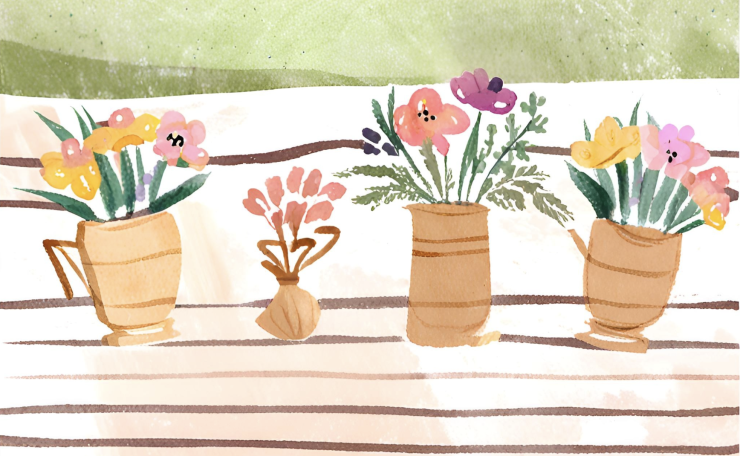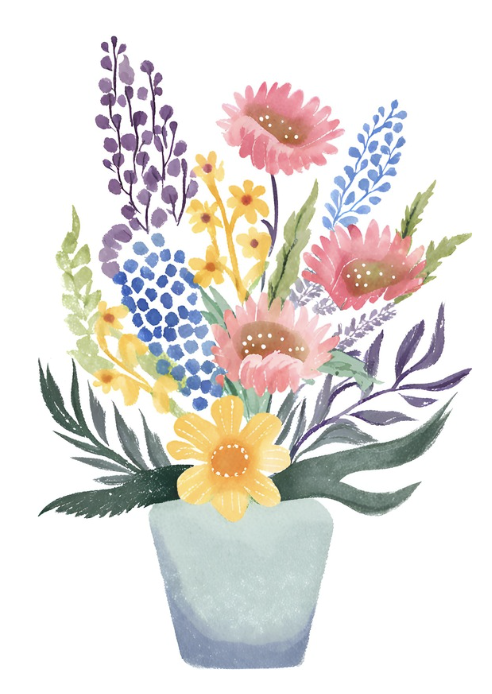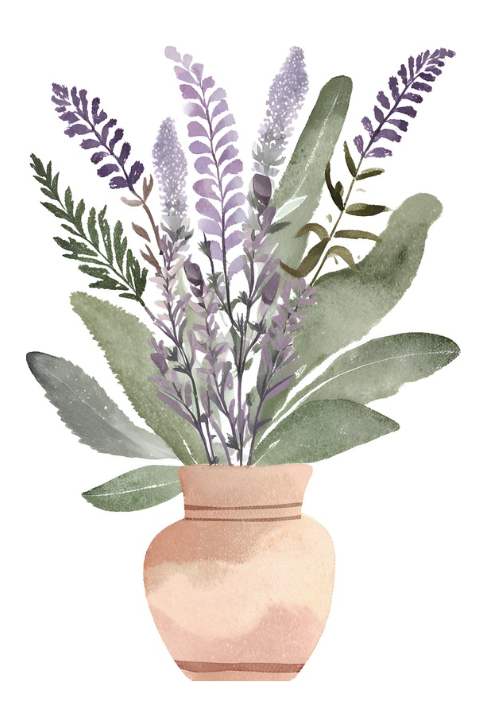Read by Matilda Longbottom

At our home, crafting fresh-cut flower and herb bouquets has become a cherished tradition. For dinner party hostess gifts, we often present aromatic herb arrangements, while my daughter delights in bringing colorful garden blooms to mark the last day of camp or the first day of school. Over the years, I’ve developed some favorite combinations that never fail to bring joy to their recipients. As Summer wanes, I’ve grown particularly fond of the vibrant beauty of late-season blooms. While Spring and early Summer flowers tend to steal the spotlight, there’s an undeniable allure to the rich, warm hues that adorn our gardens as Autumn draws near. Creating bouquets from these late-Summer cut flowers offers a delightful way to honor this fleeting season and infuse our homes with its distinctive beauty. The act of arranging these blooms feels like capturing a moment in time—preserving the garden’s last hurrah before it yields to Fall’s cooler embrace.
Let’s explore two types of bouquets—floral and herbal—that showcase the best of what late-Summer has to offer. These combinations will not only please the eye but also delight the nose with their unique fragrances.
The floral bouquets will feature the stars of the late-Summer garden—dahlias, asters, and rudbeckias, among others. Our herbal bouquets will incorporate the aromatic herbs that are at their peak just before harvest time. Together, these arrangements capture the essence of late Summer—a time of abundance, rich colors, and heady scents.
Whether you’re a seasoned gardener or just starting out, these late-Summer bouquet ideas will inspire you to make the most of your garden’s final flourish before Autumn sets in. And if your garden isn’t yet brimming with these late-blooming beauties, consider this your planning guide for next year’s planting.
Making Floral Bouquets From Late Summer Blooms
 For a stunning floral bouquet, consider these combinations:
For a stunning floral bouquet, consider these combinations:
- Summer Sunset: Combine golden sunflowers, orange marigolds, and deep red dahlias. The warm hues will evoke the feeling of a Summer evening.
- Cottage Garden Dream: Create a classic, romantic look with deep pink Japanese anemones, purple Russian sage, white Shasta daisies, and blue balloon flowers (Platycodon). Add some sprigs of pink sedum for additional texture and color.
- Late-Summer Splendor: Combine deep purple asters, golden black-eyed Susans (rudbeckia), and vibrant red sedum (such as Autumn Joy). Add some airy sprigs of goldenrod for a touch of wildflower charm. This bouquet captures the rich, warm tones of late Summer and early fall, creating a stunning display that reflects the changing seasons.
Remember, varying heights add visual interest. Use tall flowers like gladiolus or delphinium as focal points, medium-height flowers like roses or lilies to fill in, and shorter blooms like sweet alyssum or baby’s breath to cascade over the vase’s edge.

Using Herb Bouquets as a Feast for the Senses
Herb bouquets offer a unique, aromatic experience:
- Mediterranean Medley: Combine rosemary, thyme, and sage with flowering oregano and lavender for a bouquet that smells like a sun-drenched herb garden.
- Lemon Fresh: Mix lemon balm, lemon verbena, and lemon thyme with yellow calendula flowers for a bright, citrusy arrangement.
- TeaTime: Blend chamomile, mint, and lemon verbena with delicate white or pink rosebuds for a soothing, tea-inspired bouquet.
When creating herb bouquets, don’t be afraid to include seed heads and interesting foliage. The textures can be just as appealing as the flowers themselves. And do note that tender herbs like basil tend to wilt quickly while woodier herbs hold up quite well!
 Combination Bouquets: The Best of Both Worlds
Combination Bouquets: The Best of Both Worlds
For those who can’t decide between floral and herbal, why not combine them?
- Culinary Delight: Mix chive flowers, dill umbels, and flowering basil with nasturtiums and marigolds for an edible bouquet that’s as beautiful as it is useful.
- Butterfly Garden: Combine echinacea, black-eyed Susans, and butterfly weed with fennel fronds and flowering mint for a bouquet that mimics a butterfly’s favorite garden spot.
- Fragrant Fantasy: Blend roses, phlox, and lilies with rosemary, lavender, and lemon balm for an intoxicatingly scented arrangement.
Planning Bouquets for Next Year
If your garden doesn’t currently have these varieties, consider planning for next year. For flowers, try planting seeds or bulbs of dahlias, sunflowers, zinnias, and cosmos. These are easy to grow and provide abundant blooms for cutting.
For herbs, start with hardy perennials like rosemary, thyme, and sage. Add some self-seeding annuals like borage and calendula. Don’t forget flowering herbs like lavender, bee balm, and anise hyssop—they’ll provide color, fragrance, and attract pollinators to your garden.
Remember, the key to bountiful bouquets is continuous blooming. Plant a variety of flowers and herbs that bloom at different times to ensure you’ll always have materials for your arrangements.
Creating bouquets is an art form that allows you to express your creativity while enjoying the fruits of your garden labor. So go ahead, experiment with different combinations, and fill your home with the colors and scents of your garden!
What are your favorite flower and herb bouquets to grow and gift? Let me know in the comments.


 Previous
Previous


